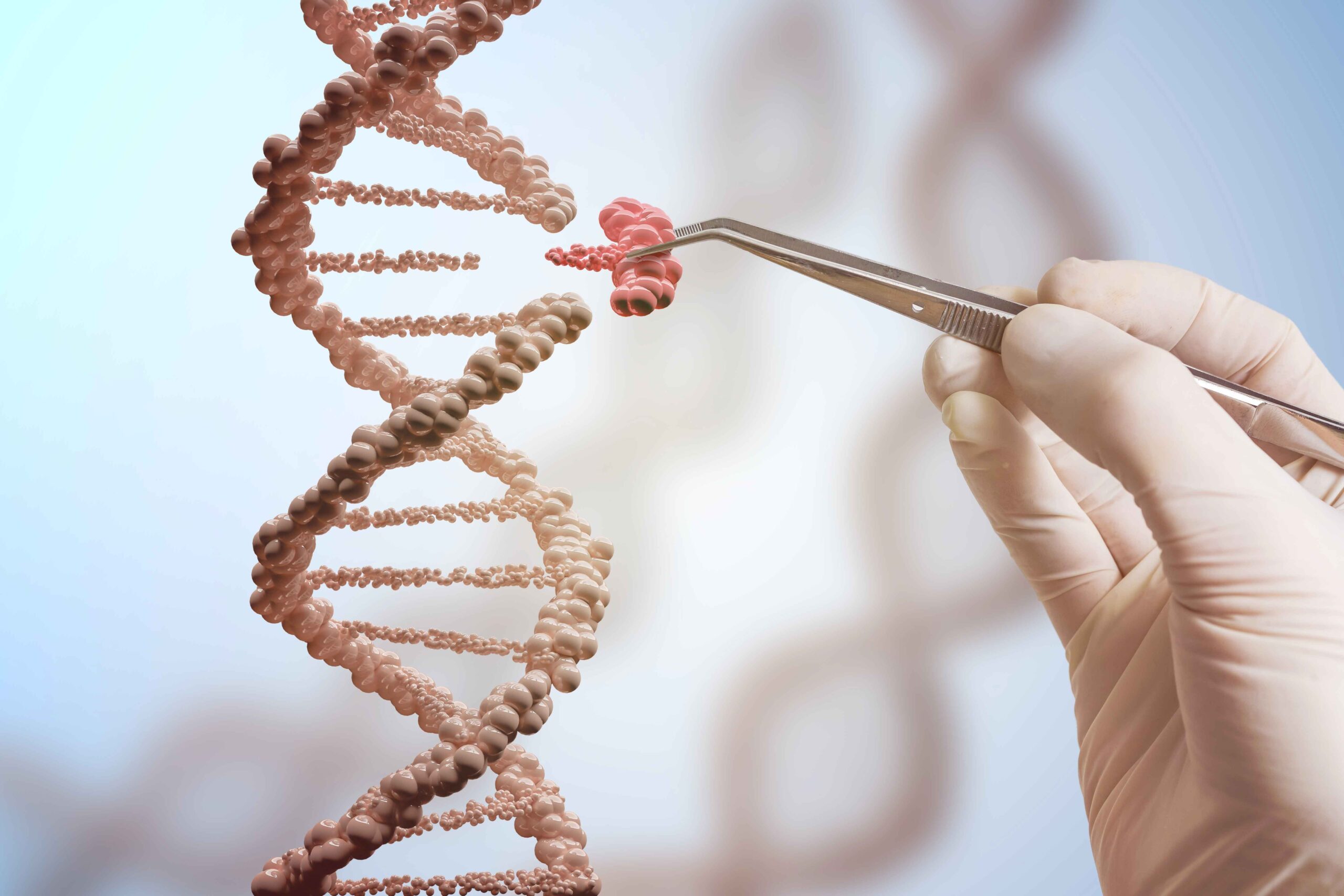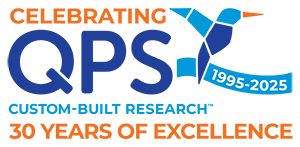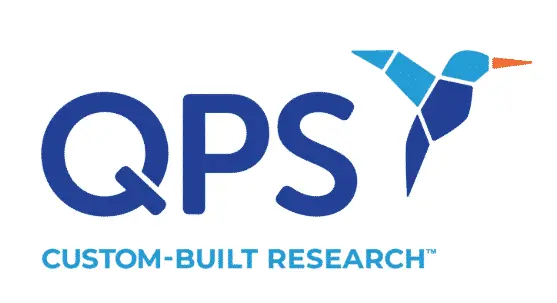Gene Therapy And Cell Therapy
Oligonucleotide-based therapy (antisense RNAs, aptamers, siRNAs, miRNAs, mRNAs, vectors) is receiving a great deal of attention. As a gene therapy CRO, QPS has supported cell and gene therapy product development since 2003 on 45+ ASO/siRNA/aptamers and 20+ mRNA/vectors programs and can use our hard-earned experience to help you navigate PK, immunogenicity, biodistribution, viral clearance, and ADME properties of these novel modalities in this rapidly expanding field.
As this is still a relatively new area, the preferred technology for the quantitation of oligonucleotide-based therapy in any biological matrix is not as well-defined as small organics or proteins and vaccines. QPS uses chromatographic, ligand binding, and QPCR methods for quantitation of oligonucleotide-based therapy. The choice of platform for detection and quantitation is based on the primary structure of the target, the number of monomeric units, the desired study design, and the comfort level of the sponsors with the various platforms.
QPS is ready to work with you to determine specific study parameters and provide complete, fully-compliant data packages and reports, ready for submission.
Oligonucleotides Quantitation By Hybridization Plus Ligand Binding
Depending on the nature of the oligonucleotide therapy, we may instead employ a probe-hybridization followed by ligand binding with ELISA using colorimetric, fluorescent, chemiluminescent detection as well as Gyrolab®, and MSD® approach. We found the hybridization-MSD approach particularly useful for ocular indication where we have developed and validated multiple “single mixed-matrices” assays to quantitate oligonucleotides in all the target tissues.

Oligonucleotides Quantitation By High-Resolution Mass Spectrometry Or Hybridization Plus Chromatography
For chromatographic methods, since 2003 we have used the traditional triple quadrupole LC MS/MS, as well as LC/UV assays to examine plasma and tissues exposure.
Since 2014, our method of choice for quantitation of double stranded (ds) oligonucleotides is UPLC-ToF-MS. This high-resolution (UPLC-HRMS) methodology can simultaneously determine both the sense and the anti-sense strands using a “N in 1” approach where the “N”s are the exact mass of the individual isotopic peaks of the different charge envelopes. We have quantitated up to 20,000 Daltons ds oligonucleotides with LLOQ at 5 ng/mL per the latest FDA Bioanalytical Method Validation guidance. With the current state-of-the-art UPLC HRMS that we just installed we will be working at the sub-ng/mL LLOQ.
The real power of HRMS is in the use full scan mode vs. the traditional MRM mode. Full scan data means each sample can be mined for metabolite information in the true qual-quan fashion. This provides the drug developer a clear understanding of the metabolism of the individual strand within each tissue investigated, in parallel with plasma PK and tissue PK. On the flip side, the ‘price’ for this high data density is a batch run of three 96-well plates is close to 5GB. This becomes prohibitive if the facility lacks a well-tuned proper intra-structure.
Depending on the nature of the oligonucleotide drug, we may instead employ a probe-hybridization approach. QPS designs complementary fluorescence-tagged probes to track the antisense strand or other relevant portion of the modality. The fluorescence-tagged antisense drug and “N-1, N-2, N-3,…” length reference metabolites are assessed by LC FLD in a single run allowing both the parent drug and its metabolites to be distinguished and quantitated. Additionally, QPS has experience with PEGylated aptamers, which are best studied using LC-UV assay systems for quantitation.

mRNA Therapeutic And Gene Therapy Vector Quantitation by qPCR
Vectors such as adeno-associated viruses (AAV) lentivirus, and glycoprotein of the lymphocytic choriomeningitis virus (VSV-GP), and nucleic acid drug targets that are long enough and offer sufficient sequence complexity are quantitated using real-time, quantitative PCR (typically probe hydrolysis) with reverse-transcription, if necessary.
These assays are custom built that include usually the sequences of the transgene as well as the specific vectors to detect only your drug target, while additional assays can be developed to assess secondary targets or drug response or biodistribution or shedding. Multiple automated extraction devices and microfluidic plate assembly robots are used for high throughput production. The staff have years of nucleic acid assay design and quantitation in regulated environments.
In parallel, ADA assay will need to be developed for the vectors. To address the PK and immunogenicity respond of the vector and the translated protein/enzyme.







